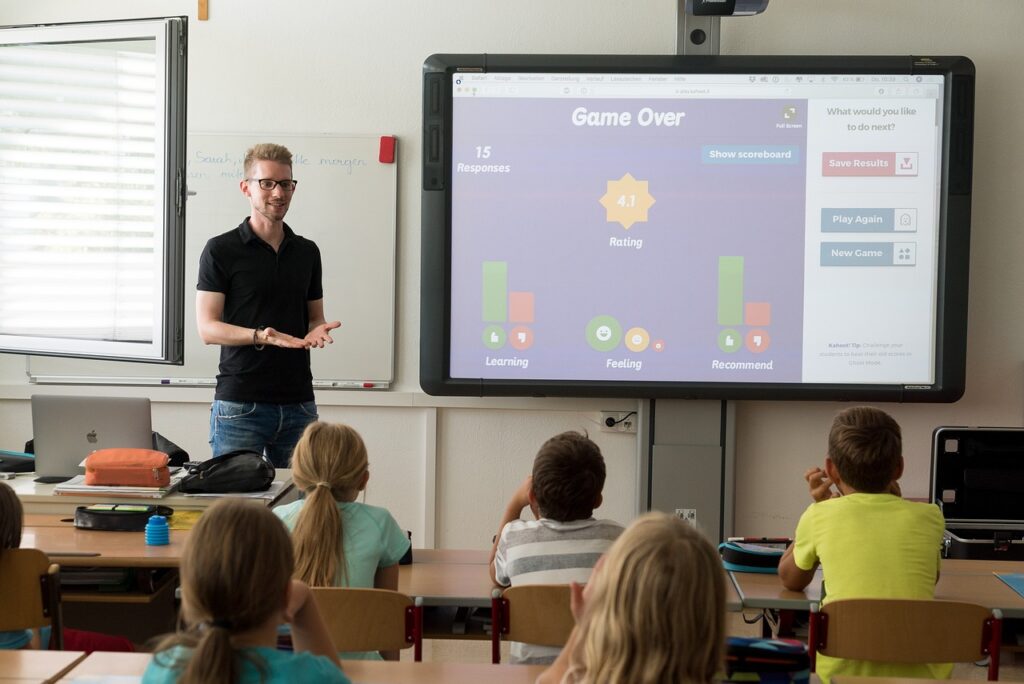In the realm of special education, providing effective and tailored instruction to students with diverse learning needs is paramount. Educational tools for special needs students serve as invaluable resources for special education teachers, enabling them to create engaging, inclusive, and differentiated learning experiences. In this comprehensive exploration, we delve into various educational tools designed to support students with special needs, while also highlighting their significance in the context of special education teacher jobs.
Assistive Technology:
Assistive technology encompasses a wide range of tools and devices designed to support students with disabilities in accessing educational materials, communicating, and participating in classroom activities. Examples of assistive technology include:
- Augmentative and alternative communication (AAC) devices: These tools help students with communication difficulties express themselves effectively, whether through picture symbols, speech-generating devices, or text-to-speech software.
- Text-to-speech and speech-to-text software: These tools assist students with reading and writing difficulties by converting written text into spoken language or vice versa, allowing them to access and create written content more independently.
- Screen readers and magnification software: These tools assist students with visual impairments in accessing digital content by converting text into audible speech or enlarging on-screen text and images.
- Adaptive learning software: These programs provide personalized instruction and practice activities tailored to individual student needs, allowing for differentiated learning experiences and progress monitoring.
Visual Supports:
Visual supports are effective educational tools for students with autism spectrum disorder (ASD) and other disabilities that benefit from visual cues and structure. Examples of visual supports include:
- Visual schedules: These tools help students understand and anticipate daily routines and transitions by presenting information in a sequential, visual format.
- Picture cards and symbols: These visual aids assist students in understanding and expressing concepts, vocabulary, and social skills through concrete images and symbols.
- Visual timers and countdowns: These tools help students manage time and stay organized by providing visual cues for upcoming activities and transitions.
Multi-Sensory Materials:
Multi-sensory materials engage students with special needs by incorporating multiple sensory modalities, such as sight, touch, and movement, into learning activities. Examples of multi-sensory materials include:
- Tactile learning resources: These materials, such as textured objects, manipulatives, and tactile graphics, support students with visual impairments or tactile sensory preferences in exploring and understanding concepts through touch.
- Kinesthetic learning activities: These activities involve movement and hands-on experiences to reinforce learning concepts and promote engagement among students with attention difficulties or hyperactivity.
- Sensory bins and sensory tools: These resources provide opportunities for sensory exploration and self-regulation, benefiting students with sensory processing disorders or sensory seeking behaviors.
Adapted Curriculum Materials:
Adapted curriculum materials are modified or customized instructional resources designed to meet the individualized learning needs of students with special needs. Examples of adapted curriculum materials include:
- Simplified texts and materials: These resources provide students with reading difficulties or intellectual disabilities access to age-appropriate content at their instructional level, often incorporating visual support and simplified language.
- Modified assignments and assessments: These adaptations adjust the format, complexity, or presentation of assignments and assessments to accommodate students’ learning needs and abilities while maintaining academic rigor.
- Alternative learning materials: These materials offer alternative formats for accessing content, such as audio recordings, video presentations, or interactive digital resources, catering to diverse learning preferences and needs.
Social-Emotional Learning (SEL) Tools:
Social-emotional learning tools support the development of students’ social skills, emotional regulation, and interpersonal relationships, benefiting students with autism, ADHD, emotional and behavioral disorders, and other disabilities. Examples of SEL tools include:
- Social skills games and activities: These tools provide opportunities for students to practice social interactions, perspective-taking, empathy, and problem-solving in a structured and supportive environment.
- Emotion identification tools: These resources help students recognize and express their emotions effectively, fostering self-awareness and emotional regulation skills.
- Mindfulness and relaxation exercises: These practices promote stress reduction, self-calming, and mindfulness techniques to support students in managing anxiety, impulsivity, and sensory sensitivities.

Significance in Special Education Teacher Jobs:
Special education teachers play a pivotal role in selecting, implementing, and adapting educational tools for special needs students. As experts in understanding students’ unique learning profiles, strengths, and challenges, special education teachers leverage educational tools to create individualized and inclusive learning experiences that maximize student engagement, progress, and success. Incorporating educational tools into instruction requires specialized knowledge, creativity, and collaboration among educators, support staff, and families to ensure that students’ diverse needs are met effectively.
Conclusion:
Educational tools for special needs students play a vital role in promoting inclusive education and supporting the diverse learning needs of students with disabilities. From assistive technology and visual supports to multi-sensory materials and adapted curriculum resources, these tools empower special education teachers to create personalized, engaging, and effective learning experiences that foster academic achievement, independence, and social-emotional development. By embracing innovative educational tools and practices, special education teachers can cultivate inclusive classrooms where every student has the opportunity to thrive and reach their full potential.
